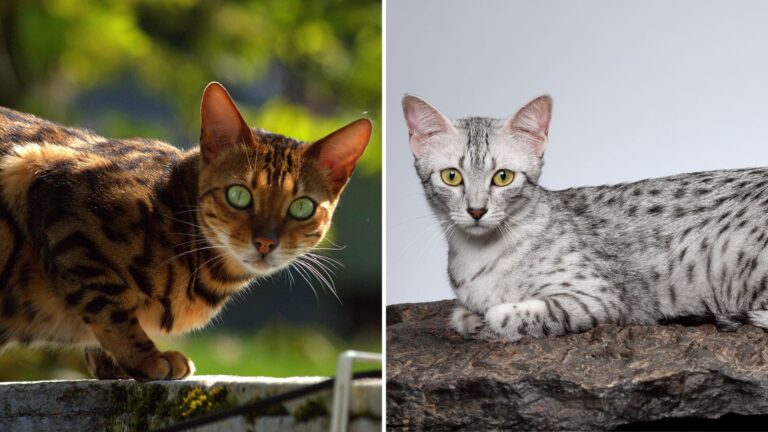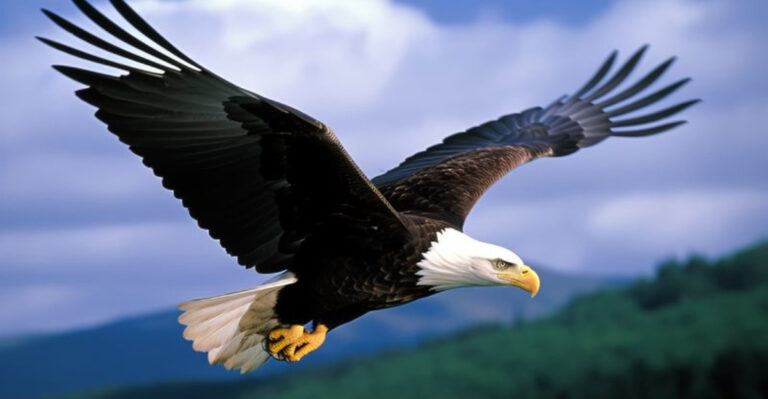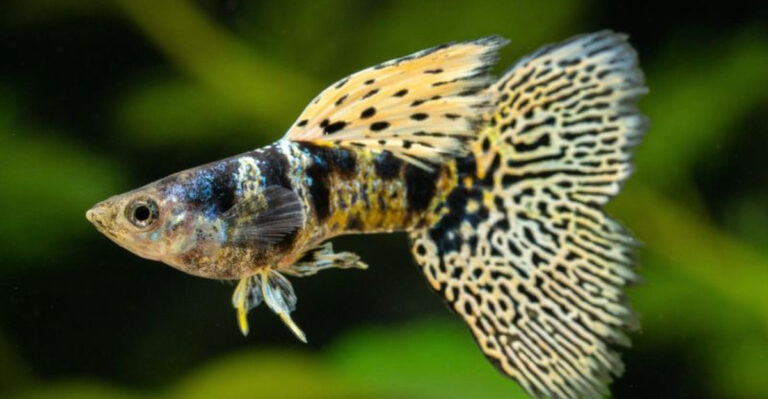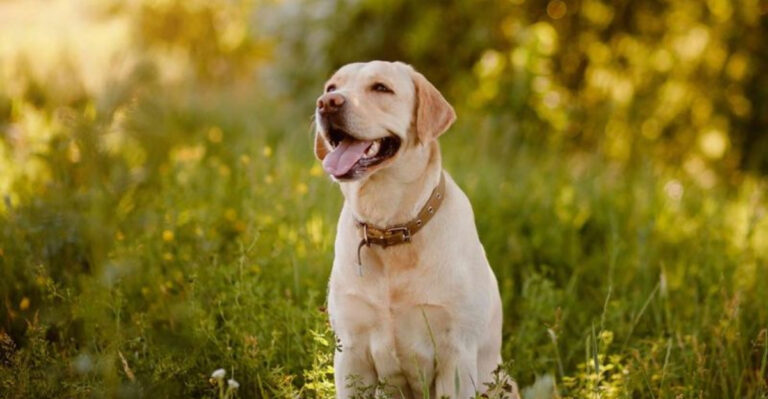Top 15 Savanna Animals
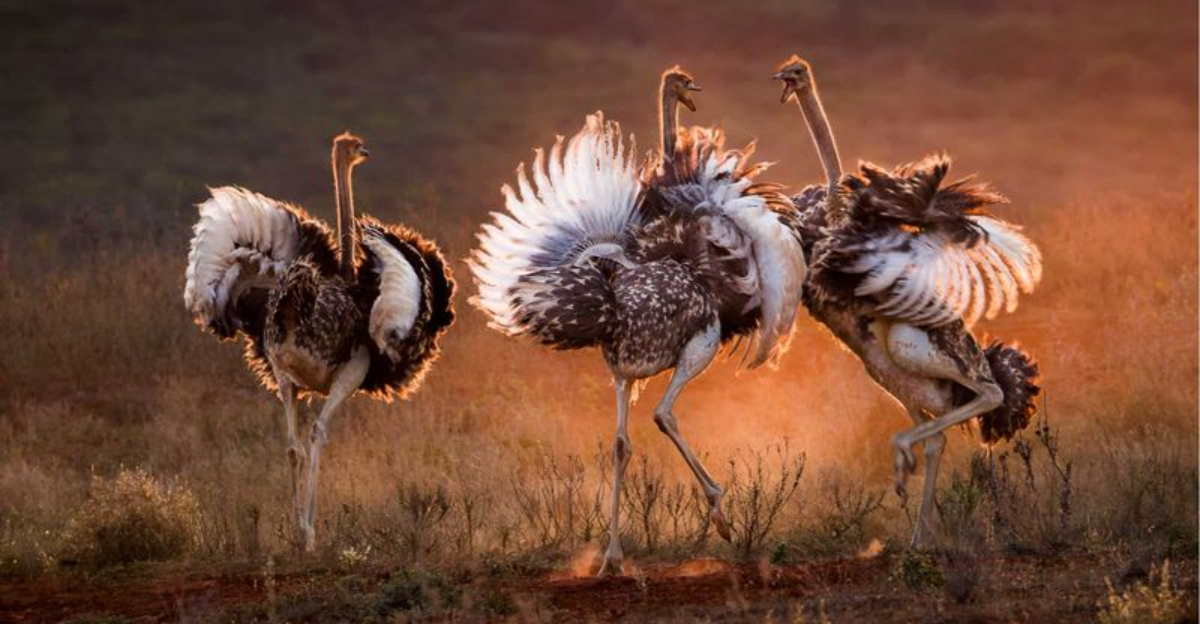
The savanna ecosystem stretches across vast areas of Africa, creating a unique habitat where diverse wildlife thrives.
These golden grasslands with scattered trees support an incredible array of animals that have adapted to the seasonal rainfall and wide-open spaces. From mighty predators to gentle giants, savanna animals have captured our imagination through nature documentaries and wildlife safaris.
1. African Lions

African lions rule the savanna with their impressive manes and powerful roars that can be heard up to five miles away. Living in prides of related females and their cubs, these social cats work together to bring down prey much larger than themselves.
Female lions do most of the hunting, while males defend the territory. With dwindling populations due to habitat loss, these majestic creatures now occupy just 8% of their historic range across Africa.
2. Graceful Giraffes
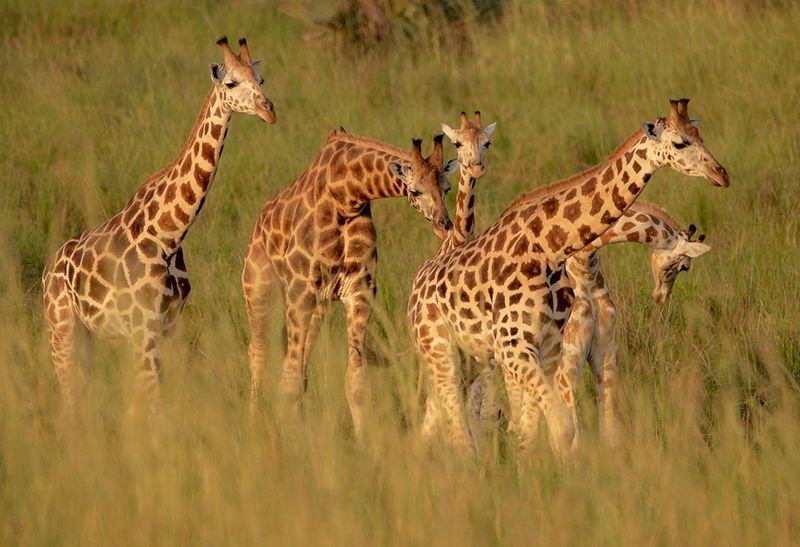
Standing up to 18 feet tall, giraffes are the tallest land animals on Earth. Their incredible height allows them to feast on acacia tree leaves that other herbivores cannot reach. Each giraffe sports a unique spot pattern, just like human fingerprints.
Despite their gangly appearance, giraffes can run at speeds of 35 mph. When they drink water, they must spread their legs awkwardly and bend down, making them vulnerable to predators during these brief moments.
3. African Elephants
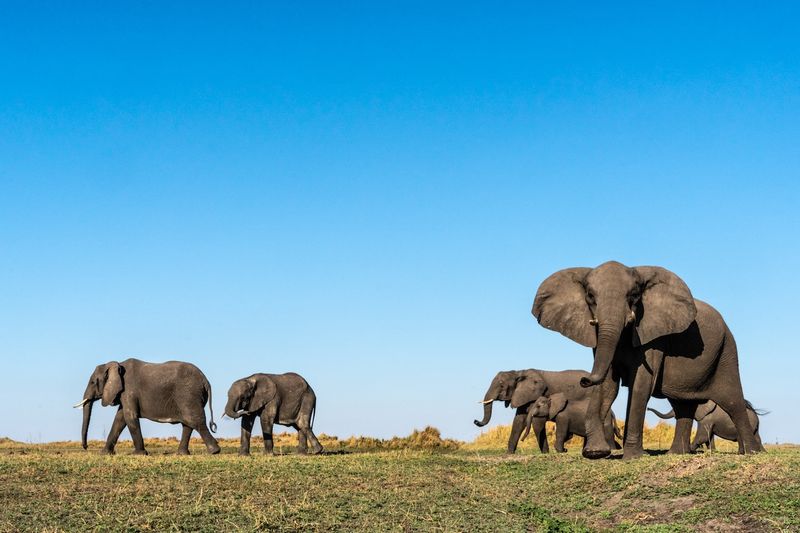
African elephants shape the savanna landscape through their feeding habits, creating pathways used by other animals and dispersing seeds across vast distances. Their remarkable trunks contain over 40,000 muscles and can lift objects weighing nearly 700 pounds.
Family bonds run deep in elephant herds, led by the oldest female called the matriarch. These intelligent creatures recognize themselves in mirrors, mourn their dead, and communicate through rumbles so low humans can’t hear them.
4. Spotted Hyenas
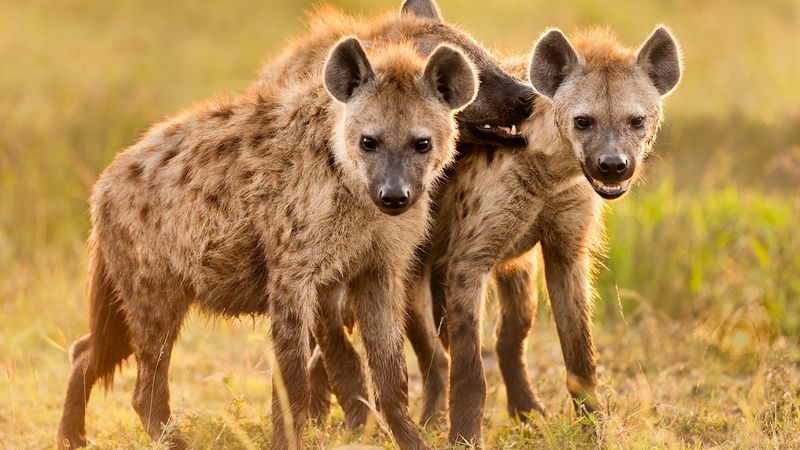
Contrary to popular belief, spotted hyenas aren’t just scavengers but skilled hunters who secure up to 95% of their food through their own kills. Female hyenas outrank and outweigh males in their complex social structure, with clans containing up to 80 individuals.
Their distinctive laughing call signals excitement or nervousness. Hyenas possess incredibly strong jaws that can crush bones, allowing them to extract nutrients other predators leave behind. Their digestive systems can even process anthrax without harm.
5. Cheetahs

Born for velocity, cheetahs can accelerate from 0 to 60 mph in just three seconds. Their flexible spine, oversized heart, and enlarged nostrils all contribute to making them the fastest land animals on Earth.
Unlike other big cats, cheetahs cannot roar but instead make chirping sounds similar to birds. Their distinctive tear marks running from eyes to mouth help reduce glare from the sun during high-speed chases. Conservation efforts are crucial as fewer than 7,000 remain in the wild.
6. African Buffalo
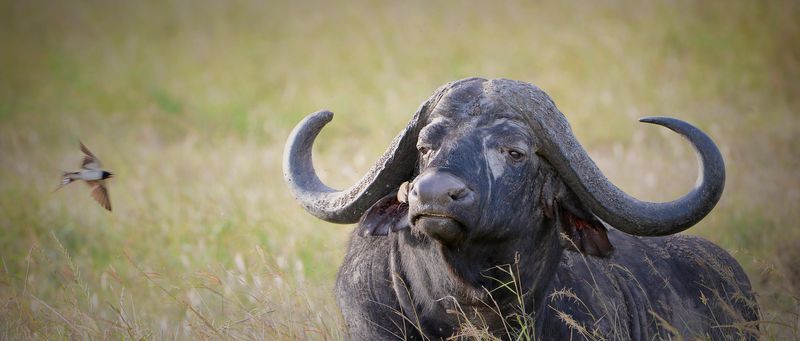
Gathering in herds of hundreds or even thousands, African buffalo create an imposing defensive wall against predators. Their massive curved horns serve as both weapons and status symbols, with older bulls sporting a hardened central boss that acts like a helmet during fights.
Known for their unpredictable temperament, buffalo have earned the nickname “Black Death” among hunters. They show remarkable solidarity, often returning to help fallen herd members and sometimes even driving off attacking lions through coordinated counterattacks.
7. Zebras
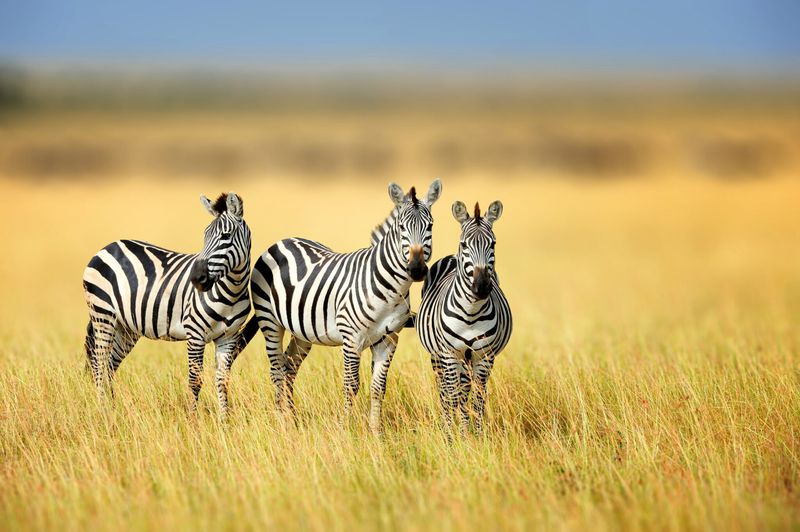
Zebras’ striking black and white stripes serve as natural bug repellent by confusing biting flies. Each zebra’s stripe pattern is unique, helping family members recognize one another in large herds. When threatened, zebras form a circle facing outward, protecting vulnerable members.
Unlike horses, zebras have never been fully domesticated due to their unpredictable nature. They communicate through facial expressions and ear positions. Three species exist: plains, mountain, and Grevy’s zebras, with plains zebras being most common across African savannas.
8. Wildebeests

Stars of the greatest wildlife spectacle on Earth, wildebeests travel up to 1,000 miles annually in search of fresh grazing. Newborn calves can run within minutes of birth, a crucial adaptation for surviving in predator-rich environments.
Also called gnus, these unusual-looking antelopes possess both cattle and antelope features. Their bearded faces and curved horns create a distinctive silhouette on the savanna horizon. During migration, over 1.5 million wildebeests form massive herds that transform the landscape with their movement.
9. Secretary Birds
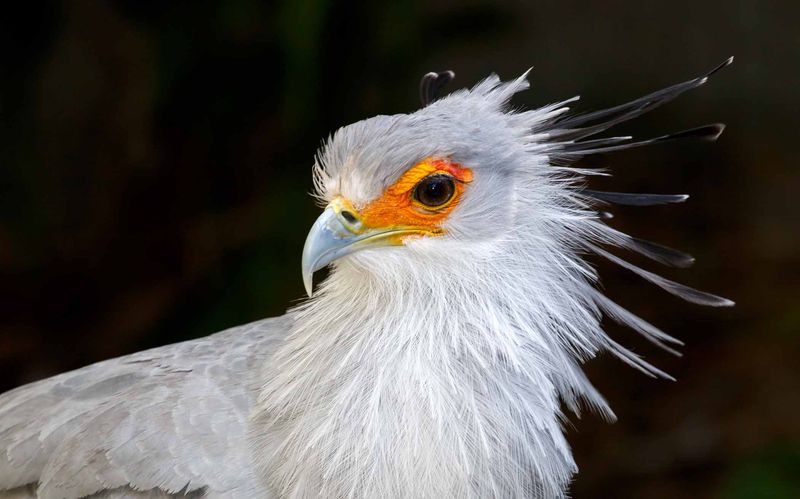
Walking the savanna on stilt-like legs, secretary birds stomp venomous snakes to death with precision kicks. Their name likely comes from the quill-like crest feathers resembling secretaries who once tucked quill pens behind their ears.
These unique birds of prey stand nearly four feet tall yet can fly powerfully when needed. Unlike most raptors, they hunt primarily on foot, stomping prey with forces five times their body weight. Their distinctive appearance includes red facial skin, gray-black wings, and black leg “pants.”
10. Meerkats
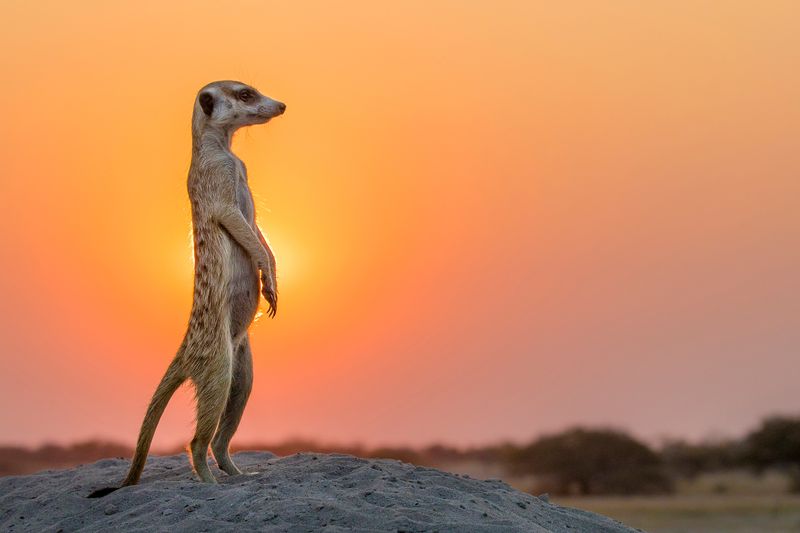
Highly social meerkats take turns standing guard while family members forage for food in the savanna soil. These pint-sized members of the mongoose family live in underground burrow systems with multiple entrances and chambers that protect them from predators and extreme temperatures.
Young meerkats learn hunting skills through play and observation. Adults teach pups how to handle dangerous prey like scorpions by removing stingers before offering them as practice meals. Their dark eye patches act as natural sunglasses in the bright savanna sunlight.
11. Warthogs
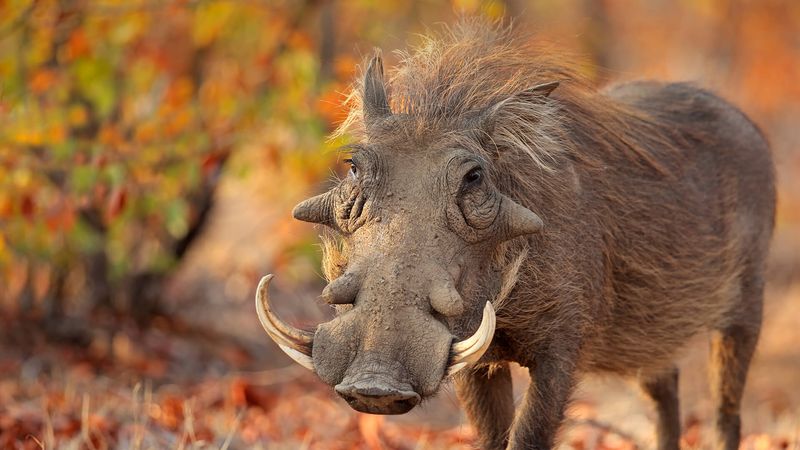
Famous for their kneeling feeding posture, warthogs shuffle forward on their wrists while grazing. Their comical appearance belies impressive adaptations, including sharp tusks for defense and specialized callused pads that protect their wrists during feeding.
Warthogs run with their tails straight up like antennas, a signal that helps keep families together when fleeing danger. Despite their fierce appearance, they primarily eat grasses and roots. During dry seasons, they can go long periods without drinking by digging for moisture-rich bulbs and tubers.
12. Leopards

Masters of stealth, leopards hoist kills into trees to protect them from other predators. Their incredible strength allows them to carry prey weighing up to three times their own body weight up into branches. Perfectly camouflaged rosette patterns help them blend into dappled savanna light.
Unlike lions, leopards live solitary lives except during mating. Their adaptability has allowed them to survive in varied habitats from savanna to forest. Cubs remain with their mothers for up to two years, learning crucial hunting skills before venturing out on their own.
13. Rhinos
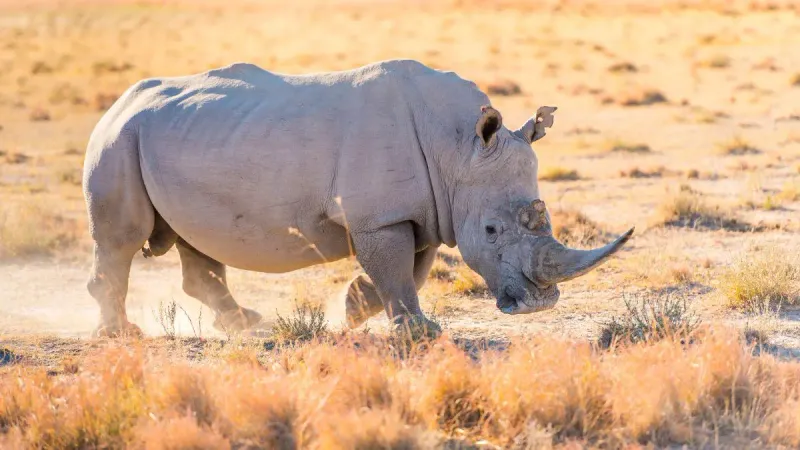
White rhinos can weigh over 7,000 pounds, yet move with surprising agility across the savanna. Despite their name, they aren’t actually white but have wide, square lips adapted for grazing grass. Their black counterparts have hooked lips perfect for browsing on bushes and shrubs.
Rhinos have poor eyesight but compensate with excellent hearing and smell. Their iconic horns aren’t bone but compacted keratin, the same protein in human fingernails. Tragically, poaching for these horns has pushed several rhino species to the brink of extinction.
14. Ostriches

As the world’s largest birds, ostriches can sprint at 45 mph and deliver powerful kicks capable of killing lions. Their enormous eyes are bigger than their brains, providing excellent vision across the open savanna landscape.
Contrary to popular belief, ostriches never bury their heads in sand. When threatened, they either run or lie flat against the ground to become less visible. Their complex social structure includes a dominant male with a primary female, plus secondary females who all contribute eggs to a communal nest.
15. Honey Badgers
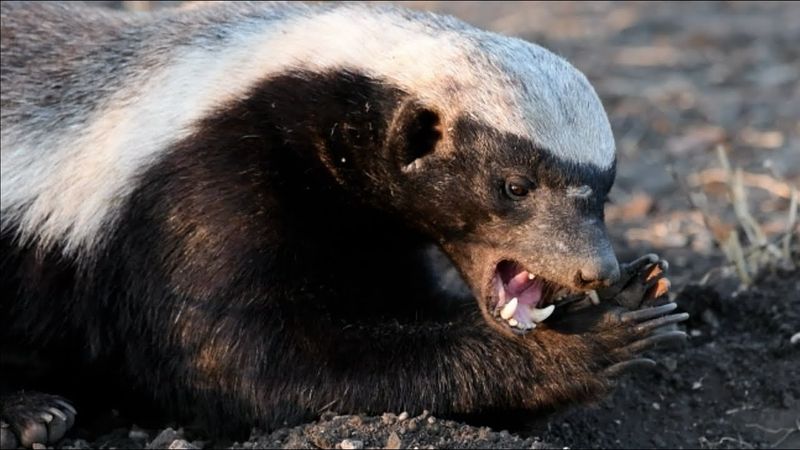
Pound for pound, honey badgers rank among the savanna’s most fearless creatures, regularly facing off against venomous snakes and even challenging lions over food. Their loose, thick skin allows them to twist and bite attackers, while immunity to certain venoms lets them survive bites that would kill other animals.
Expert diggers, honey badgers can burrow into hard ground in minutes. Their intelligence shows in their use of tools and problem-solving abilities. Despite their name and reputation for raiding beehives, their diet includes everything from scorpions to small mammals.

